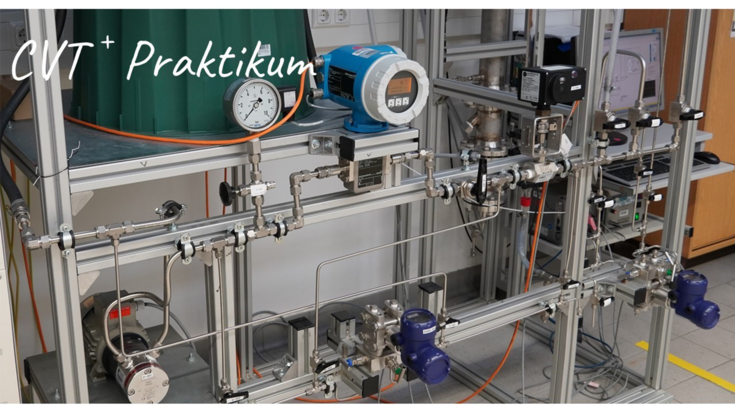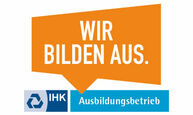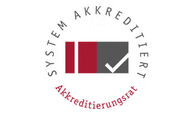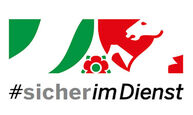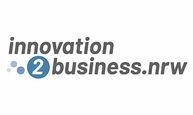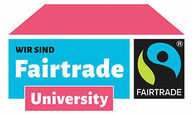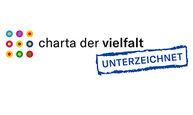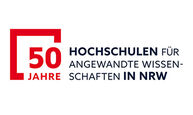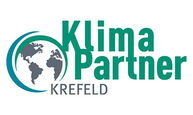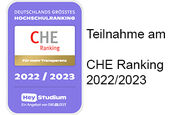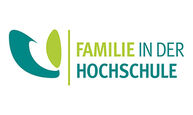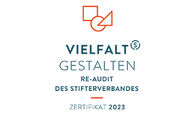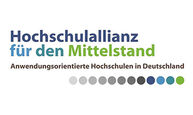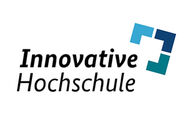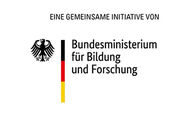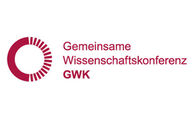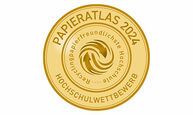Occasion of the teaching project
Question: How can the different levels of proficiency and the resulting heterogeneity be addressed in the teaching of competencies and new knowledge?
- Chemical industry in transition => in 2025 digital applications in professions 2.5x more relevant than in 2018.
- Need for students to acquire digital competencies plays critical role before entering workforce.
Goals
- Provide advanced skills for transfer and application of learned knowledge.
- Combination of digital and practical components leads to mediation of competence in dealing with main media of the working world and meets the heterogeneous performance level of the students.
- Self-organization (self-study phase) and promotion of scientific discourse (mandatory face-to-face meetings and online sessions).
What idea do you use to meet these challenges?
The CVTPlus internship should be understood as a blended learning concept. The combination of a self-learning phase, which is carried out at the beginning of the internship, but can also be referred to again and again during the preparation of the protocol, tutorial support by TC staff members and collaborative learning in the practical laboratory task but also in the preparation of the protocol, the concept of the CVTPlus internship meets the above-mentioned challenges.
Concept and solutions of the teaching project
Digitalization of the CVT internship => Use of the Moodle platform
Digital self-learning phase on Moodle
- Provision of different learning materials (literature sources, flashcards, videos, etc.) with which students can prepare for the theoretical content of the internship.
Antestat:
- Digitization of the existing question catalog
- Creation of a random-based antestat
- Creation of operating instructions to prepare the students in the self-learning phase
Grouping:
- Students will be assigned to groups after passing the test.
Presence phase in the laboratory:
- Execution of experiments in the Technical Chemistry Laboratory
- Collaborative learning
Protocol preparation
- Evaluation, interpretation and discussion of the values recorded in the laboratory in the sense of collaborative learning
- Professional knowledge increase as well as promotion of the soft skills media competence
- Support through didactically prepared materials on Moodle (e.g. guiding questions for carrying out the evaluation as well as further tasks)
- Regular online Consultation hours by tutors and/or staff members
- Support in the preparation of the protocol in the context of the content and formal requirements of a scientific paper.
Advantages of the teaching project
For your own teaching education: What is the added value for students compared to the previous course or examination?
- From a pure face-to-face course to a combination of digital and face-to-face course
- Through digital parts => view beyond the horizon of a "normal" internship
- Application tasks enable a deeper insight into the future professional field
- Meeting the heterogeneous performance requirements of the students with the help of time flexibility in the processing of the asynchronous components
- "Pilot project part 2" (experiences from SiTecPlus, future application to other courses in Technical Chemistry)
- CVT internship also as optional module for M.Sc. students
- Moodle as university-wide platform (reading guest access or similar)
Project steps
Steps implemented so far:
Create a new Moodle course (tile display)
One tile for each of the following content:
- Six lab experiments (content of the tile includes all necessary information for the respective experiment).
- Antestat
- Group assignment and lab dates
- Zoom appointments
Creation of self-learning phase about H5P content (branching scenario) for all six experiments of the internship. Creation of new operating instructions for the purely practical execution in the laboratory (incl. safety documents and "tips and tricks for the execution") Design of the evaluation phase
- Preparation of documents "Tips and tricks for the evaluation".
- Individual "tests" for each evaluation task, with three answer options (1. I have done this (100%); 2. I still have questions (50%); 3. I have done this. I would like to check my calculation path with an example. (75%))
- Example tasks with verification to check or verify any calculation errors.
- Revise the guide on the form and content of the internship protocol.
Methods and media
Moodle as platform for internship (course: CVTPlusPraktikum)
Experimental documents:PDF files
Self-learning phase:H5P content (branching scenario) with a wide variety of approaches to presenting technical content (e.g..: Flashcards, linked videos, audio files, labeled flowcharts, etc.) and opportunity to test learned knowledge through "final tests".
Evaluation phase: evaluation tasks are made available in individual Moodle tests, which are unlocked one after the other after the previous test has been completed.
Evaluation
Step: Test run with student and graduate assistants of Technical Chemistry in summer semester 2022. Step: After first "run" in WS2022/2023:
- Expenditure of evaluation forms.
- Comparison of performance in CVT II written examination (Prof. Schultz) compared to previous year.
- Comparison of the "goodness" of the protocols compared to the previous year.
- If necessary, feedback function in Moodle (?)
Stumbling blocks
For lecturers
Evaluation tool complex to design, since results from each internship group are individual. How do I give help and review possibilities without giving too much away directly?
Solution: sample calculations that students can calculate to verify that the formula they are using is correct. Formulas are not provided in help. No "clicking through" possible without thinking.
Additional effort due to creation of two Moodle courses (B.Eng. and M.Sc.).
For students
Grouping in hand of students. In the past, when groups get together that do not know each other, this often led to conflicts in the division of work and work settings when students have different levels of proficiency.
Solution: Meeting in the middle of the evaluation phase with presentation of the results so far. Difficulties can thus be identified earlier and resolved if necessary.
Settling into completely new online situation for internship. Heterogeneity of students' digital skills.
Recommendations
Stronger support in the evaluation phase is well received by students.
Self-learning phase with references to further literature and different media presents content more clearly than previous operating instructions.
Through tracking tool in Moodle: Lecturers and students keep better track of what has been worked on and what still needs to be worked on: better time management possible.
Involved
M. Eng. Svenja Schramm, Ekaterina Ranft, Lea Omerbegovic


